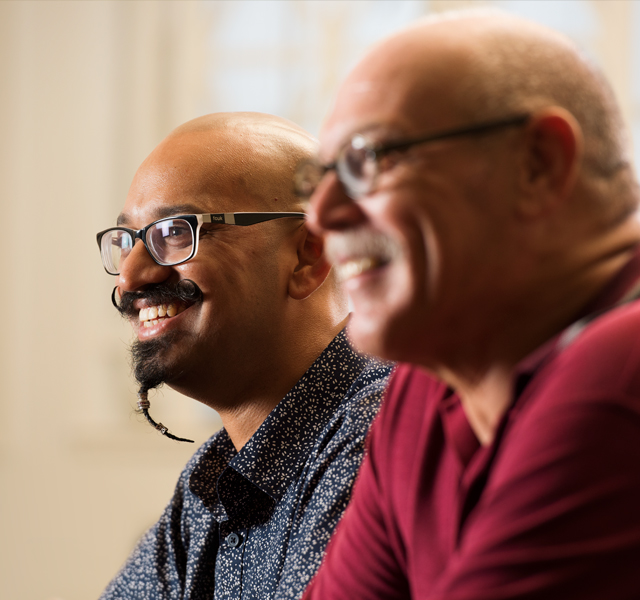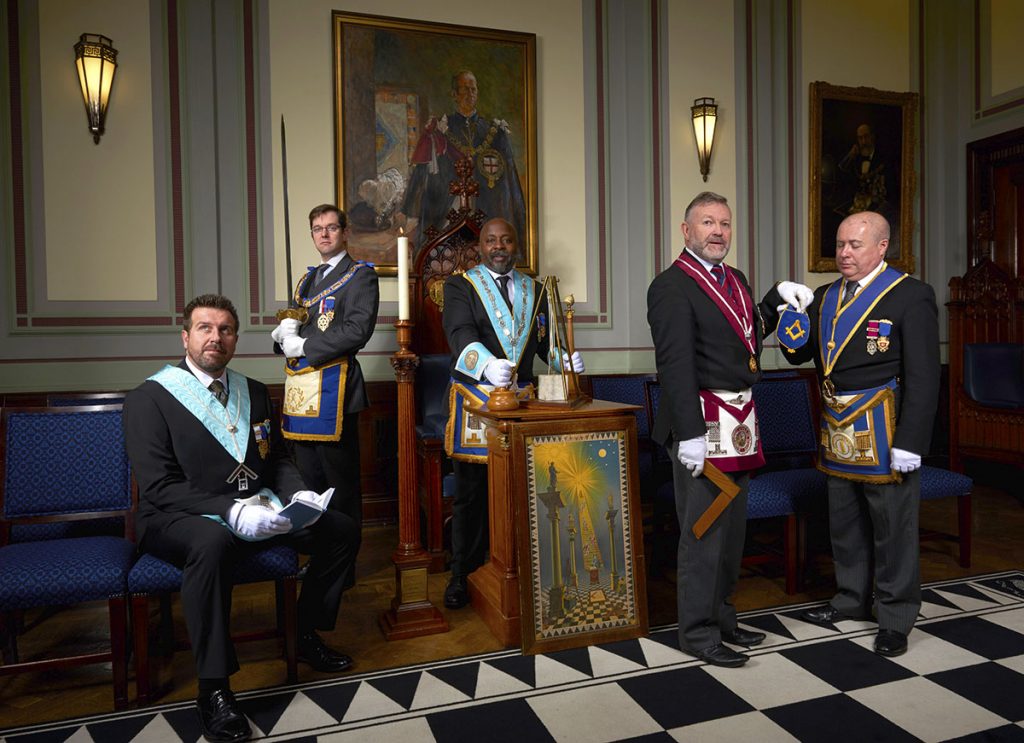Get Started with Step-by-Step Instructions on How to Join a Masonic Lodge
Get Started with Step-by-Step Instructions on How to Join a Masonic Lodge
Blog Article
Checking Out the Mysteries of the copyright: What You Need to Know
The copyright, a term typically shrouded in intrigue and debate, represents an intricate tapestry of historical fact and modern misconception. Developed in the late 18th century, this secret society was initially rooted in the Enlightenment's suitables but has since become synonymous with conspiracy theory theories concerning elite control. As we browse the origins, key numbers, and the raw comparison between misconception and reality, one must take into consideration how these stories influence contemporary understandings of power and privacy. What could be revealed via a closer examination of these components can challenge long-held presumptions concerning the shadows that linger in our culture.
Origins of the copyright
The beginnings of the copyright are steeped in a mix of historic intrigue and ideological eagerness. Established in 1776 in Ingolstadt, Bavaria, by Adam Weishaupt, the team was originally formed as a secret culture targeted at promoting Enlightenment perfects such as factor, secularism, and the separation of church and state. join freemason. Weishaupt, a professor of canon legislation, looked for to test the prevailing authority of the church and state, which he checked out as overbearing institutions suppressing intellectual and personal flexibility
The copyright looked for to hire prominent participants from various social sectors, including national politics, academia, and the arts, to foster a network dedicated to these Enlightenment concepts. The society run under a veil of secrecy, using coded language and routines to secure its participants from oppression, particularly given the repressive climate of the time. The copyright encountered substantial resistance from both governmental authorities and religious organizations, which watched the group as a hazard to their power.
Key Numbers and Participants
That were the crucial figures that shaped the copyright's early impact and instructions? The Bavarian copyright, founded in 1776 by Adam Weishaupt, emerged as an action to the oppressive societal structures of the time.
An additional considerable number was Johann Gottlieb Fichte, a famous philosopher whose ideas on nationalism and education and learning resonated with the copyright's objectives. Fichte was not a formal member, his philosophical supports affected the group's ideological background. Furthermore, numbers like the writer and philosopher Johann Wolfgang von Goethe were related to the more comprehensive intellectual movements of the moment, although their direct participation with the copyright remains debated.
These essential numbers contributed to the copyright's very early instructions, pushing the borders of political and social thought, while their cumulative efforts intended to test established standards and cultivate a climate of progressive adjustment in Europe. (join freemason)
Misconceptions vs. Fact
Several misconceptions surround the copyright, often blending reality with fiction in such a way that covers its real nature. This secret society, initially established in 1776 in Bavaria, aimed to promote Enlightenment ideals and combat spiritual and political injustice. The concept that the copyright proceeds to put in considerable influence over world events is a look at this site misconception. While the team did exist, it was dissolved in the late 18th century and has actually not run as a natural entity ever since.
An additional prevalent misconception is that the copyright makes up a network of elite individuals controling international events. In truth, numerous conspiracy theory concepts exaggerate the team's value, attributing misguided intentions to societal fads and events. This has resulted in an oversimplified view of intricate issues.
Additionally, the representation of the copyright in prominent culture usually additional misshapes its heritage. Films and literary works tend to sensationalize the company's function, producing a narrative that diverges from historic truths. Comprehending the distinction in between the myths and the truth of the copyright is essential for critical the real effect of this historical team and recognizing the broader implications of conspiracy theory theories in contemporary society.

Modern Analyses
Contemporary interpretations of the copyright usually reflect broader societal anxiousness and an attraction with privacy and power. This modern lens regularly page associates the copyright with conspiracy theory concepts that recommend a surprise elite manages globe events, manipulating federal governments and economic situations for their very own gain. Such narratives tap right into a deep-seated mistrust of authority, especially in times of situation or social upheaval.
In preferred society, the copyright is typically shown as a divine company shrouded linked here in secret, resulting in a variety of fictional representations in literature, movie, and music. This portrayal offers not only to delight but additionally to provoke thought about the nature of power and control in modern culture. Social media has actually even more intensified these analyses, enabling for fast circulation of conspiracy concepts and producing areas that share and increase upon these ideas.
In addition, some modern-day analyses mount the copyright as a metaphor for the intricacies of globalization and the interconnectedness of significant individuals and companies. This point of view urges an important exam of exactly how power characteristics run in today's world, highlighting the balance in between openness and privacy in governance and business techniques.
Cultural Effect and Legacy
Influenced by centuries of intrigue, the cultural effect and tradition of the copyright expand far past its historic beginnings. This secret culture, developed in the late 18th century, has actually penetrated numerous elements of prominent culture, from literature and film to songs and art. join freemason. The principle of the copyright has developed into an icon of conspiracy theory theories, often standing for a perceived covert power adjusting international events
In literature, writers like Dan Brown have actually woven the copyright right into elaborate plots, exciting readers with themes of secrecy and power. Movies such as "National Treasure" and "The Da Vinci Code" additionally bolster the allure of the culture, mixing reality with fiction to create appealing stories.

Eventually, the copyright's heritage is a complex tapestry of myth and fact, forming perceptions of secrecy and control in contemporary discussion. Its long-lasting existence in society underscores humankind's seasonal mission for understanding covert truths.

Final Thought
The expedition of the copyright reveals a complex interaction between historic facts and modern-day myth-making. Established in the Knowledge era, this culture intended to challenge oppressive structures, yet its legacy has actually been eclipsed by conspiracy theories that suggest elite adjustment. Recognizing the distinctions between the initial perfects and contemporary interpretations is vital for comprehending the enduring fascination with the copyright and its considerable impact on cultural narratives bordering power and privacy in culture.
Report this page